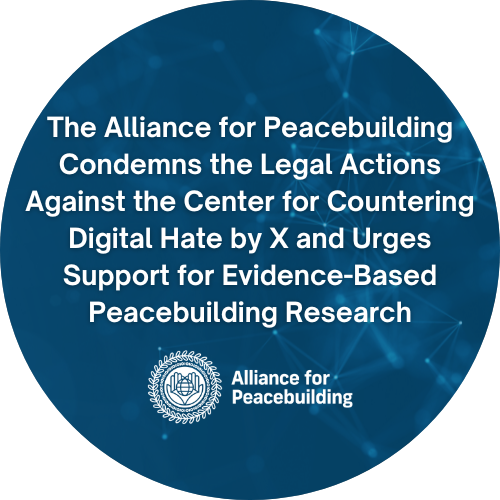This guide, using the examples of the GFA and WPS Act, outlines strategic, evidence-based narrative and framing approaches for U.S. policy and lawmakers to reframe their advocacy and communication. By applying these reframing narratives, advocacy within the government and the public will be more successful at effectively making the case for what peacebuilding is and why it must be centered, integrated, and robustly resourced in strategies, policies, and laws.
Read MoreWhile Congress and key agencies are devoting considerable attention to foreign assistance reforms and there have been some reforms to foreign policy decision-making, successful implementation of the GFA also requires a more concerted effort at reforming the foreign policy decision-making process.
Read MoreAI technology can vastly increase humanity’s capacity to make discoveries through machine learning and coherently summarize numerous text documents. However, AI can also easily generate mis and disinformation at a massive scale and, as a worst-case scenario, support deadly automated weaponry beyond human control. The peacebuilding field needs to raise awareness and educate how AI technology can positively and negatively impact global peace and security, and governments and multilateral organizations must urgently adopt robust AI standards and norms that prevent and reduce violent conflict, violence, and fragility and build sustainable peace. Additionally, peacebuilders should work with the technology sector to develop AI-powered tools that “translate” divisive rhetoric into peaceful language and thus promote social cohesion and peacebuilding.
Read More







